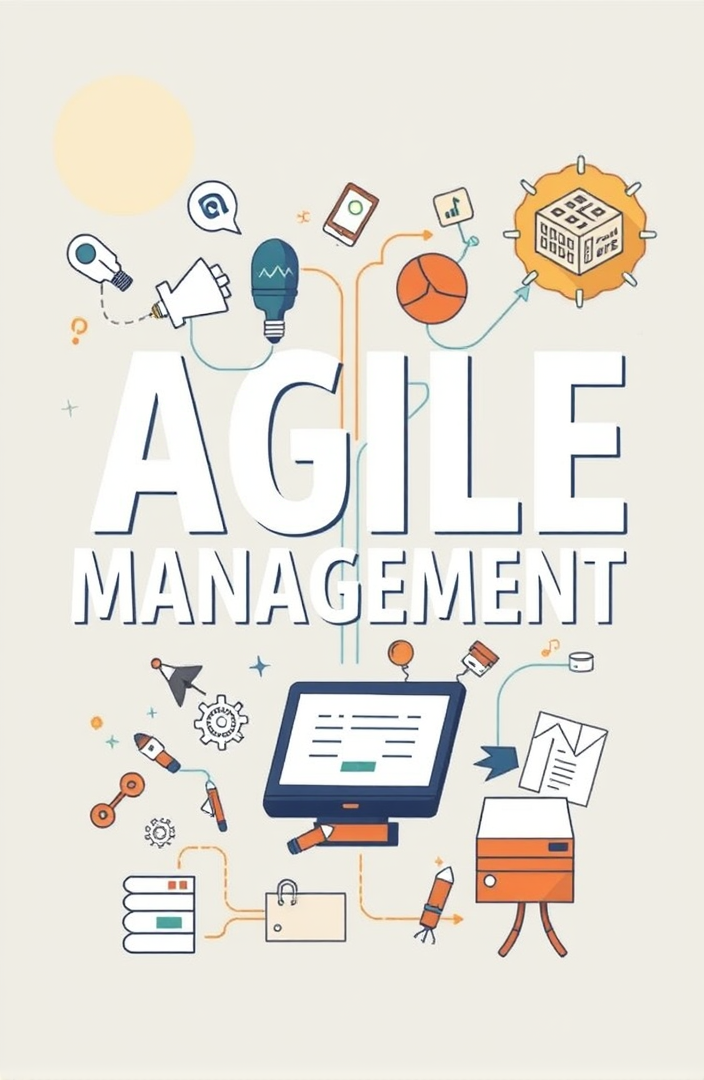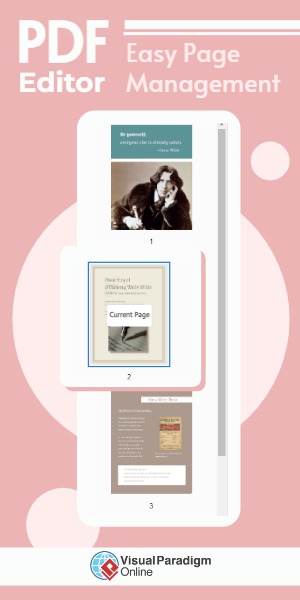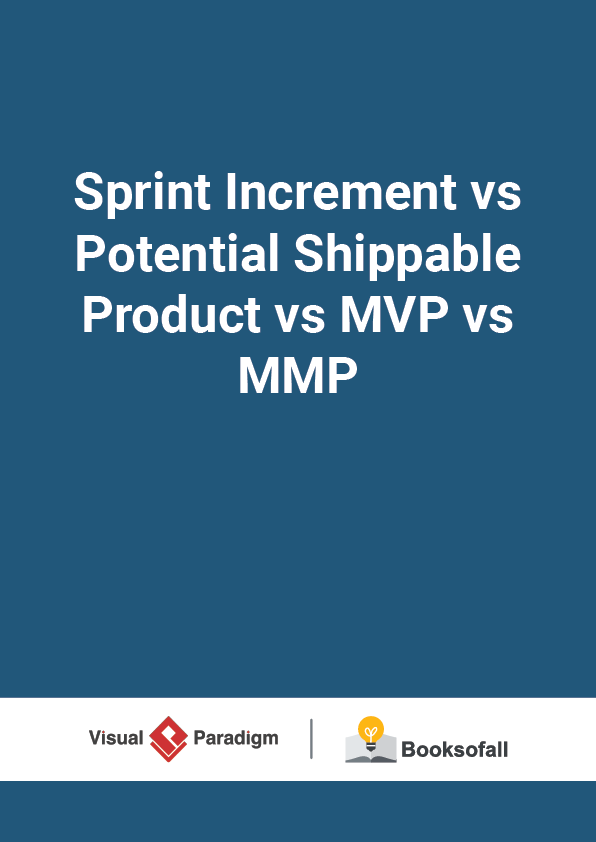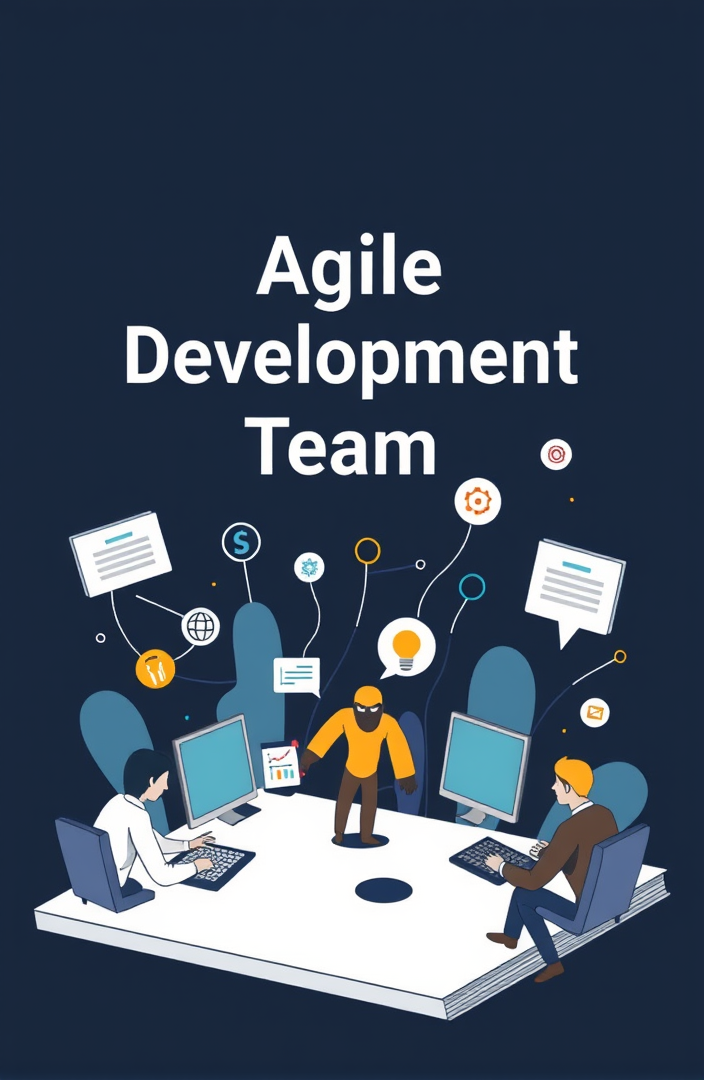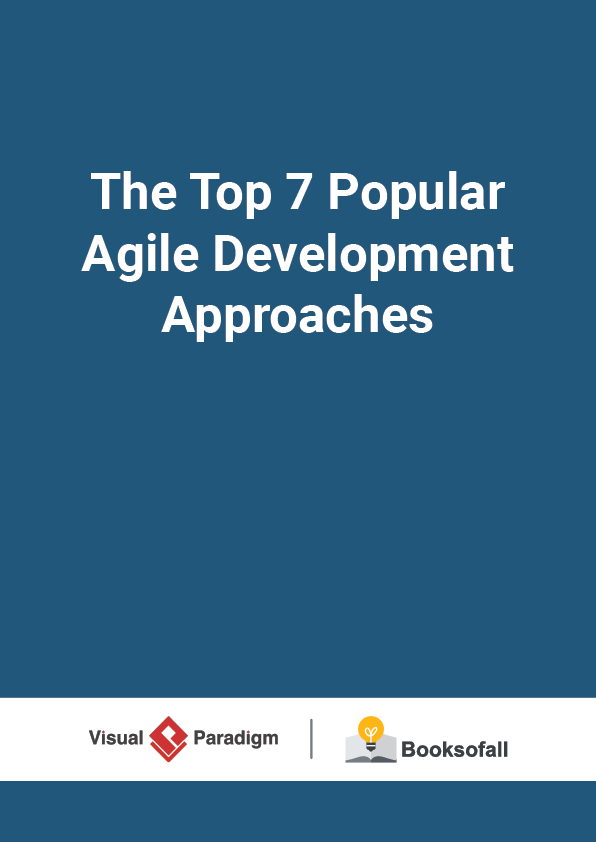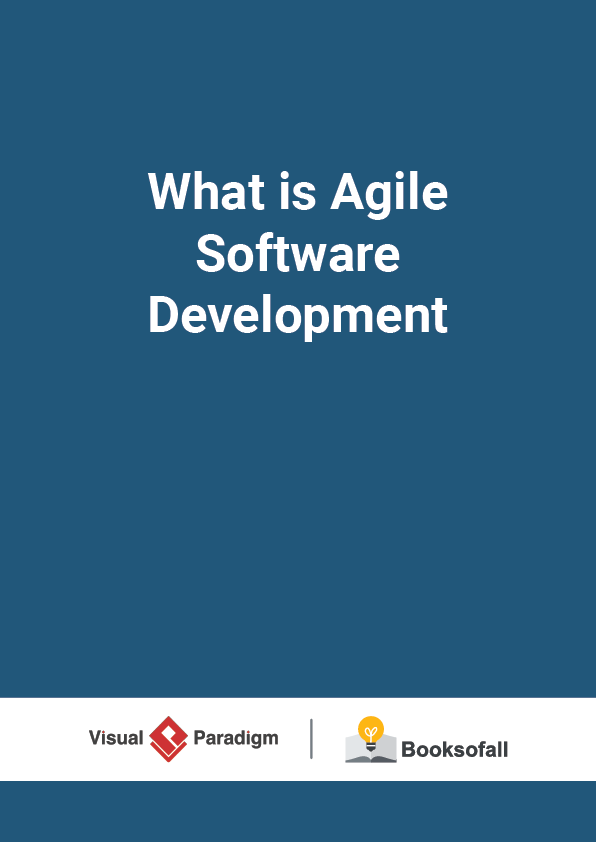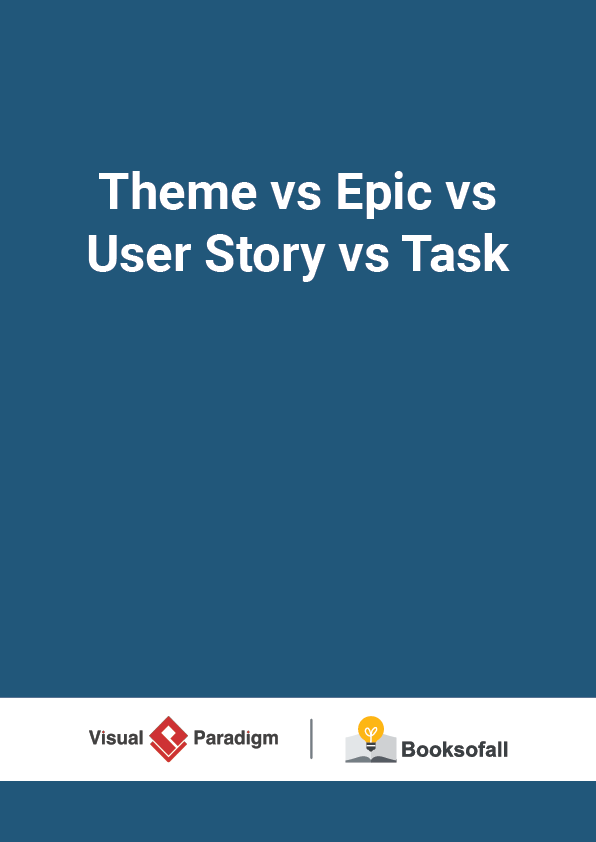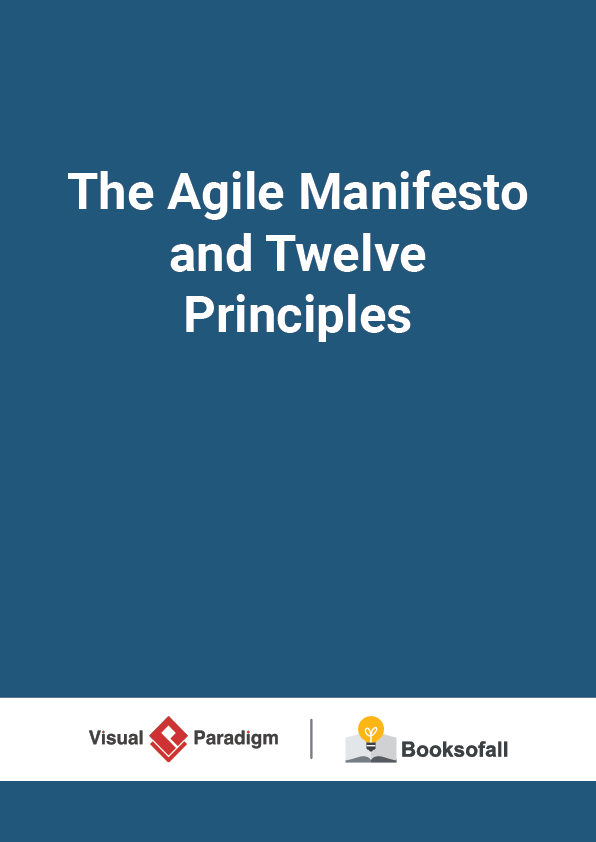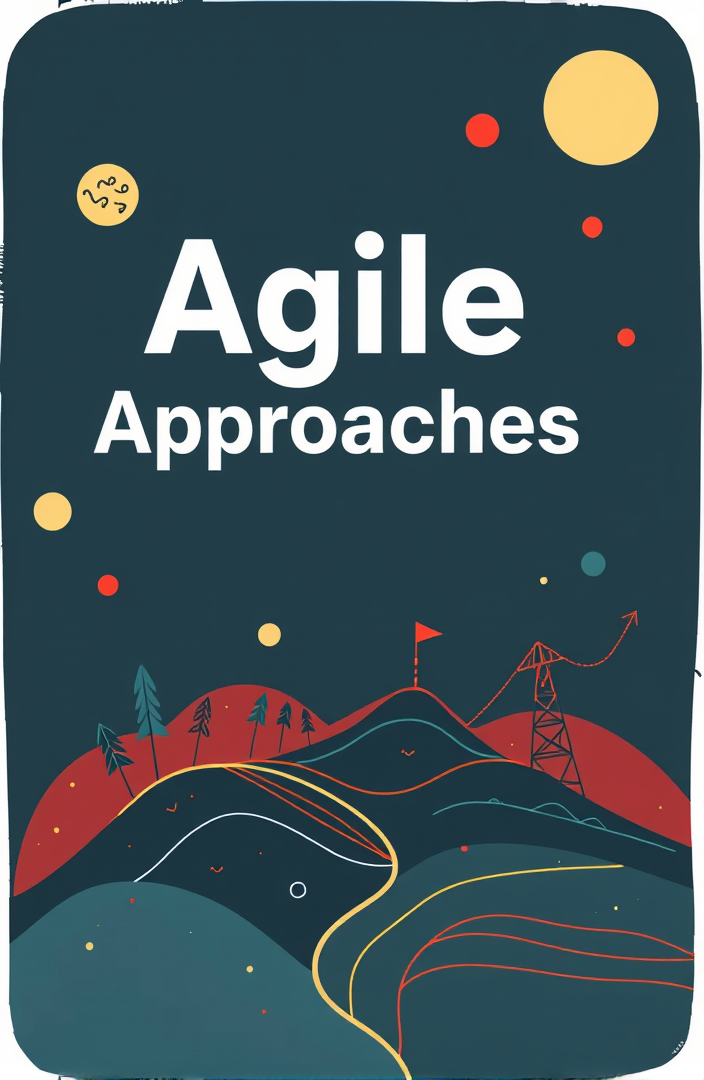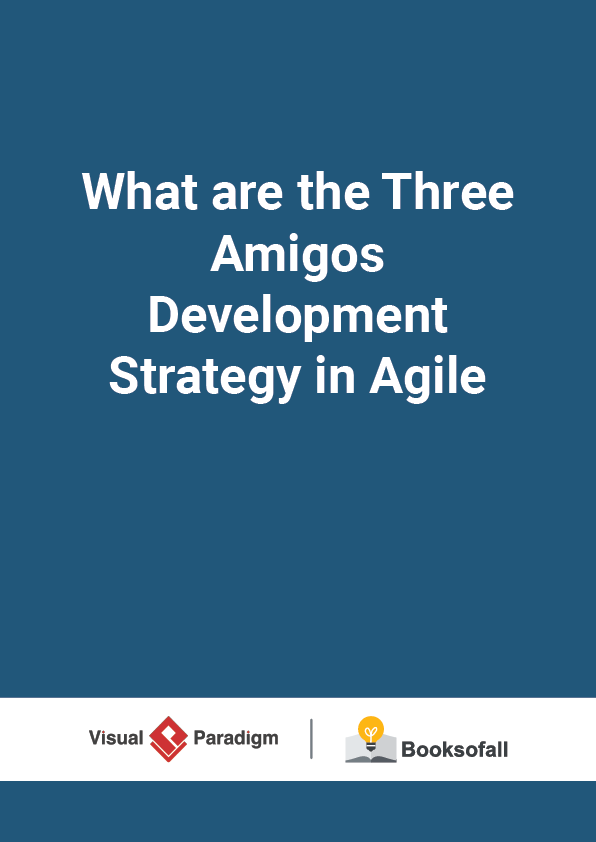Agile Product Management with Scrum in a Nutshell
7-9 minutes
There is this perception that Agile applies only in software development. However, times are changing, and we are seeing more and more applications of Agile in broader product development and even in the sales and marketing departments. The core principles of Agile that we see in software development now translate very well to product development.
What is Agile? Waterfall vs Agile
The Waterfall model and Agile are two distinct approaches to project management, particularly in software development.
Waterfall Model
- Linear Process: Follows a sequential phase approach (requirements, design, implementation, verification, maintenance).
- Fixed Requirements: Requirements are defined at the beginning, and changes are difficult to implement later in the process.
- Documentation-Heavy: Extensive documentation is created at each stage, which can slow down progress.
- Longer Time to Market: Final product delivery occurs only after all phases are completed, which can lead to delays.
Agile Methodology
- Iterative and Incremental: Develops products in small, functional increments, allowing for frequent reassessment and adjustments.
- Flexible Requirements: Encourages and accommodates changes even late in the development cycle.
- Minimal Documentation: Focuses on essential documentation that supports the development process without hindering it.
- Faster Time to Market: Delivers functional components regularly, often resulting in quicker releases and feedback cycles.
Leading Agile Methods
Agile is a mindset and it’s a set of values and principles. Agile is a way of thinking and acting. Agile is all about short cycles, iterative and incremental delivery, failing fast, getting feedback, delivering business value to customers early and about people, collaboration and interaction. Agile is a mindset that is all about transparency, inspection, and adaptation. Agile, however, doesn’t consist of any roles , eventsor artifacts . It’s a mindset. For example, Scrum is one of the widely used frame works under the Agile umbrella, which may help you in becoming more Agile, there are however many more frameworks within the Agile movement, like Kanban, XP, Crystal and many more as shown in the Figure below:
Scrum Framework Basics
Scrum is a framework within which people can address complex adaptive problems, while productively and creatively delivering products of the highest possible value. It is used for managing software projects and product or application development. Its focus is on an adaptive product development strategy where a cross-functional team works as aunit to reach a common goal within 2-4 weeks (Sprint).
Scrum is a framework for developing and maintaining complex products through “view-and-tune”. It is a genre that follows the agile declaration and principles, integrating three roles , three artifacts, five events, five values, referred to as “ 3355 “.
Agile Principles for Product Managers
- Iterate, iterate and iterate! When developing a product ‘the Agile way’, the initial focus is typically on high-risk functionality or requirements, after which the Scrum team can start testing and refining, concentrating on the next product iteration or set of requirements.
- Emerging requirements – Rather than locking down all functional and non-functional product requirements upfront, items in the “product backlog” are emergent and flexible.
- Shippable product – The core focus of Agile Product Management is to regularly create and release working software which the stakeholders or customers can test or use.
- Self-organized teams – Each Scrum team is expected to be cross-discipline and self-organized. This approach makes the traditional Project Manager role redundant.
Agile Scrum Tutorials for Product management
This is a step-by-step agile scrum tutorial that helps you understand the core concept of agile development as well as the way how agile project can be executed from the beginning until the end (i.e. product delivery). The agile software Scrum Process Canvas will be used throughout this tutorial. The whole agile scrum tutorial will cover various agile topics and it is recommended that readers read this scrum tutorial to fully understand the flow of agile project development.
